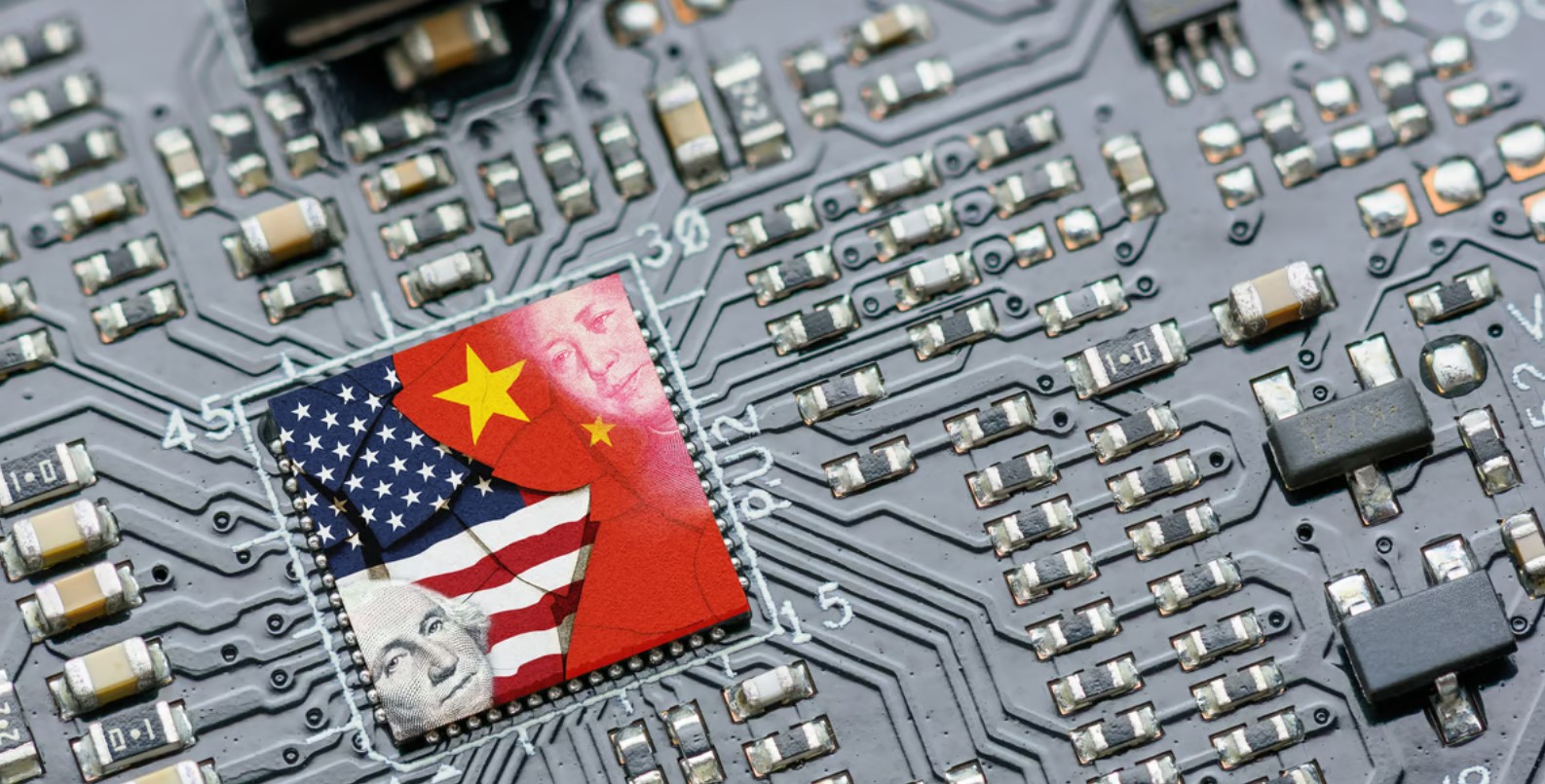DeepSeek, a Chinese artificial intelligence (AI) start-up, is sending shock waves through the U.S. tech sector by demonstrating its latest AI assistant, which achieves performance comparable to or even surpassing some of the world’s best chatbots.
The kicker here is that DeepSeek reportedly accomplished this using significantly less computational power, relying on fewer and less advanced AI chips — particularly Nvidia‘s (NVDA -3.67%) cutting-edge GPUs, which are typically considered essential for such tasks.
This development suggests a potentially disruptive method for developing large language models (LLMs), offering a more efficient alternative to current strategies. It raises questions about future infrastructure investments and the demand for AI chips.
The market’s reaction has been swift: As of this wriging, Nvidia’s stock has plunged more than 22% from its recent peak, with similar declines in other leading AI tech stocks.
Let’s explore what DeepSeek’s emergence could mean for Nvidia and how it might affect investors’ portfolios.
The innovation behind DeepSeek’s success
Artificial intelligence is not only a major theme in technology but also a national security issue, given its pivotal role in areas like data analysis, intelligence, and military applications. This has led the United States to impose bans or severe restrictions on exporting high-end technologies, such as specialized AI semiconductors, to China since 2023, aiming to slow the country’s technological progress and safeguard crucial supply chains.
Despite these constraints, DeepSeek managed to develop AI models like DeepSeek-V3 and DeepSeek-R1 with cutting-edge capabilities on a reported training budget of around $6 million. Its white paper outlines an innovative approach that combines software ingenuity with new training techniques to maximize the potential of older Nvidia GPUs, surpassing their initial capabilities.
DeepSeek’s models have shown impressive results next to market-leading alternatives from OpenAI, Alphabet, and Meta Platforms in benchmarks for problem-solving, mathematical reasoning, coding, and general knowledge. The DeepSeek AI Assistant rapidly ascended to become the most-downloaded free application on the Apple App Store in the United States, demonstrating significant market traction and consumer acceptance.
DeepSeek’s disruptive influence is further underscored by its open-source platform, which makes the code publicly accessible, allowing businesses and developers to customize AI models without incurring the high costs of proprietary systems. For those seeking to integrate DeepSeek’s most advanced models into existing tech infrastructure via an application programming interface (api), the company reportedly offers commercial pricing that is significantly lower than that of its competitors.
Implications for Nvidia
DeepSeek’s emergence has multiple implications for the broader tech sector. Given the initial sell-off, the market has interpreted this development as decisively negative, likely based on a concern that novel AI development methods could reduce the demand for cutting-edge, expensive hardware and cut into the competitive moat of established leaders.
That being said, the impact on Nvidia may be more nuanced as it looks like the next-generation AI chips, including Nvidia’s Blackwell GPU architecture, are essential for pushing the boundaries of high-performance computing.
If DeepSeek managed to break AI performance benchmarks with legacy hardware, its methods toward computational efficiency implemented by other tech players could make Nvidia’s high-end products incrementally even more powerful. This scenario could help expand the AI market by opening up new uses that may become cost-effective while accelerating the timetable toward future breakthroughs like artificial general intelligence (AGI) applications as a demand driver for Nvidia.
On the other hand, it is also clear that DeepSeek has introduced a new layer of complexity regarding Nvidia’s growth runway. According to Wall Street analysts monitored by Yahoo! Finance, the chipmaker is expected to reach $197 billion in revenue in fiscal 2026, which ends in January 2026, driving a 51% increase in earnings per share (EPS) to $4.45. Any sign that customers are pivoting away from large orders, even at the margin, would undermine this earnings outlook and further pressure the stock.
The company’s upcoming fiscal 2025 fourth-quarter and full-year earnings report, set to be released on Feb. 26, will provide Nvidia CEO Jensen Huang and hist eam a chance to address whether DeepSeek is affecting the business and reassure shareholders.
| Metric | FY 2025 Analyst Estimate | FY 2026 Analyst Estimate |
|---|---|---|
| Revenue | $129.2 billion | $196.5 billion |
| Revenue growth (YOY) | 112% | 52% |
| EPS | $2.95 | $4.45 |
| EPS growth (YOY) | 127% | 51% |
Data source: Yahoo! Finance. FY = fiscal year. YOY = year over year.
The big picture for investors
DeepSeek appears to have signaled a new shift toward efficiency in AI software, highlighting the rapidly changing landscape.
Recognizing near-term uncertainties with an expectation for volatility to continue, I believe investors should stay the course with Nvidia as an AI leader with a technological edge in hardware. Unless there is evidence that its financials are under pressure, a positive long-term outlook should support the stock, which remains well positioned to rebound.

